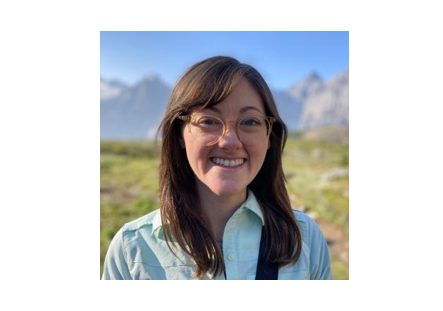event
Climate and land disturbance impacts on freshwater carbon: pools, pathways, & fluxes
Primary tabs
The distribution of carbon in natural reservoirs on Earth is rapidly changing as humans burn fossil fuels and disturb land ecosystems. These activities have been shown to release carbon that has been stored in soils for decades to millennia (aged carbon) directly to the atmosphere, where it can exacerbate climate change. Yet, in comparison, less is known about how freshwater carbon fluxes to the atmosphere will change with these human-caused disturbances, or the molecular-level geochemical reactions that are driving these responses. In this talk, I will share my findings on the mechanistic and physical controls that drive the oxidation of organic carbon to carbon dioxide in freshwaters neighboring two ecosystems being disturbed by human activity: arctic permafrost and tropical peatlands. Using the controls identified, I show how the oxidation of aged carbon to carbon dioxide through microbial respiration and sunlight-driven mineralization add substantially to current estimates of net carbon loss from these disturbed ecosystems. In the second part of my talk, I will share my findings on how and why sunlight-driven oxidation indirectly impacts carbon emissions by changing the lability of organic carbon to freshwater microbes. Findings from this work on the pools, pathways, and fluxes impacting carbon in freshwaters improve our ability to predict the effects of climate and land disturbance on carbon emissions to the atmosphere and the carbon climate feedback.
Status
- Workflow status: Published
- Created by: arcs-stuweb03
- Created: 03/04/2024
- Modified By: arcs-stuweb03
- Modified: 03/04/2024
Categories
Keywords

